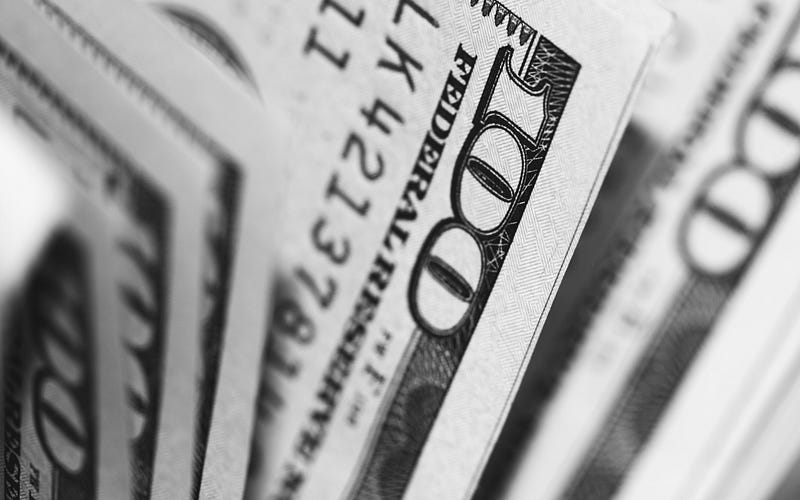
What is it?
Get Me A Patent, available at https://www.getmeapatent.com, is a free provisional patent application generator that automatically formats an invention disclosure, and includes legal jargon. It then prefills required government forms and generates PDF documents in compliance with US patent laws. As long as one can describe the invention in detail, they can generate the first draft of their patent application, literally at no cost.
Why was it created?
Being in the legal business, I understand that the services of a patent attorney can be cost prohibitive for a solo-inventor or startup. To save money, people often tend to avoid the services of a patent attorney and draft the patent application themselves. As explained further below, this can be problematic and hurt an inventor’s legal rights.
However, by using this system to generate the first draft of the patent applications, inventors can now seek the services of an attorney at a reduced legal fee.
How can this system benefit an inventor?
This system was created to help inventors learn the basics of how to effectively draft a provisional application. For instance, a common mistake made by inventors is that they do not realize a one or two page invention disclosure is not enough to obtain a patent on an idea or product.
While services exist online that would let one file a one or two page disclosure as a provisional patent application, it is my opinion those services do not have the inventor’s best interests in mind. To explain further, I’ll have to introduce a few key concepts:
A. Priority date

A priority date establishes the effective filing date for the purposes of examination of the application and is the first filing date from which the inventor is entitled to exert their patent rights.
For example, if one files a provisional application, then to benefit from it, its filing date would be considered as the priority date for any subsequent utility application filing (a quick refresher on the patent process can be found here).
B. Enablement
The law requires an invention disclosure to be enabling — which means it needs to be described with enough detail so that another person knowledgeable in the field of the invention can replicate it without any substantial input from them.

C. New matter
To simplify, any matter that is not described in a patent application can be considered as new matter. This means any information introduced later after the initial filing can be considered as new matter.

Once an examiner deems any information in a patent application as new matter, the burden is on the inventor to disprove it. However, convincing a patent examiner that he or she is wrong can become a very expensive affair.
Putting it all together: A one or two page disclosure is problematic!
[The following is loosely based on true events.]
Let’s presume inventor Joe filed a two-page disclosure as a provisional patent application and was subsequently awarded the priority date of January 1, 2018.
Joe was able to find an investor to invest in his idea and on January 1, 2019, he filed a non-provisional utility patent application claiming priority to the application filed on January 1, 2018.
However, practically speaking, a two-page invention disclosure will not satisfy the enablement requirement since without substantial details on how to implement the invention, a person attempting to replicate it would need to provide substantial input from their side.
Thus, to ‘enable’ the initial disclosure of 2018, Joe had to augment it with substantial details at the non-provisional application filing stage. During examination of the application, the examiner determined the latest information as new matter and refused to acknowledge the priority date of initial provisional filing. The invention filing and priority date thus shifted to the date of the non-provisional patent application filing (January 1, 2019).
However, another inventor, Bill, filed a properly drafted application for a similar invention on December 1, 2018, and was awarded that date as the priority date. Since Bill’s invention priority date was superior to that of Joe, Bill prevented Joe from claiming rights on the invention.
Begrudgingly, Joe had to let go his invention — along with his dream. One could ponder — only if Joe had filed a proper disclosure on January 1, 2018, he would have been able to assert superior rights. But it was too late now.
All that effort wasted!
The patent application generator was created with these issues in mind
Intuitive step by step guidance

The ‘Get ME A Patent’ system offers a ‘wizard’ that divides the invention into various intuitively guided subsections. In each subsection the inventor is asked to describe specific aspects of the invention.
Minimum word enforcement
In an effort to overcome the new matter issue, the patent application generator enforces a word limit compelling an inventor to flesh out more details about their invention.
Why is it free?
I’ve been asked by almost everyone who hears about the patent application generator:
Why did you make it free?
Are you capturing inventor data so that you can market your services to them?

First, there is no catch. This system is free to use with no expectation or requirement to use my services. Second, I have no access to your data — to protect your confidentiality, everything related to the invention (including inventor information — email addresses, phone numbers, mailing address, etc.), is automatically deleted at scheduled time intervals.
The primary goal of the system
This system was created to educate the user on how to write better invention disclosures. Users are most welcome to seek the services of any patent professional of their choice.
It took 4+ years (and many sleepless nights) to create this system. I hope you find it useful and beneficial. I wish you all the very best.